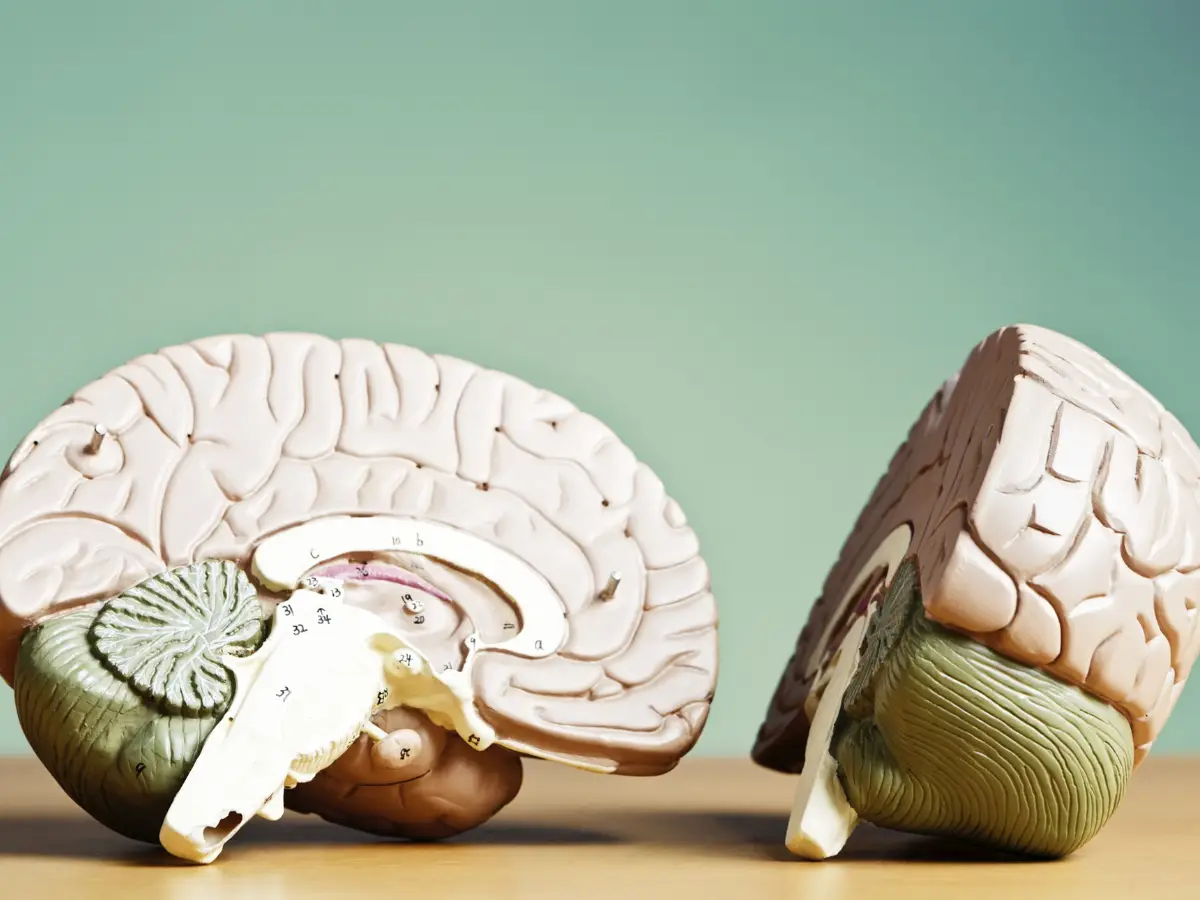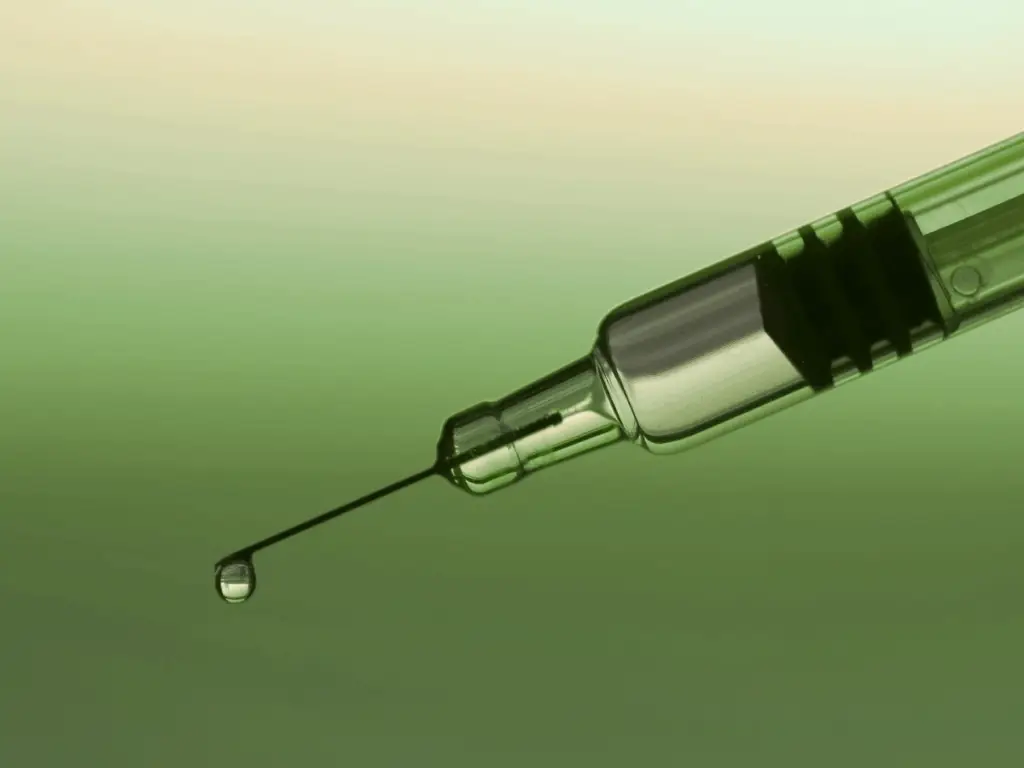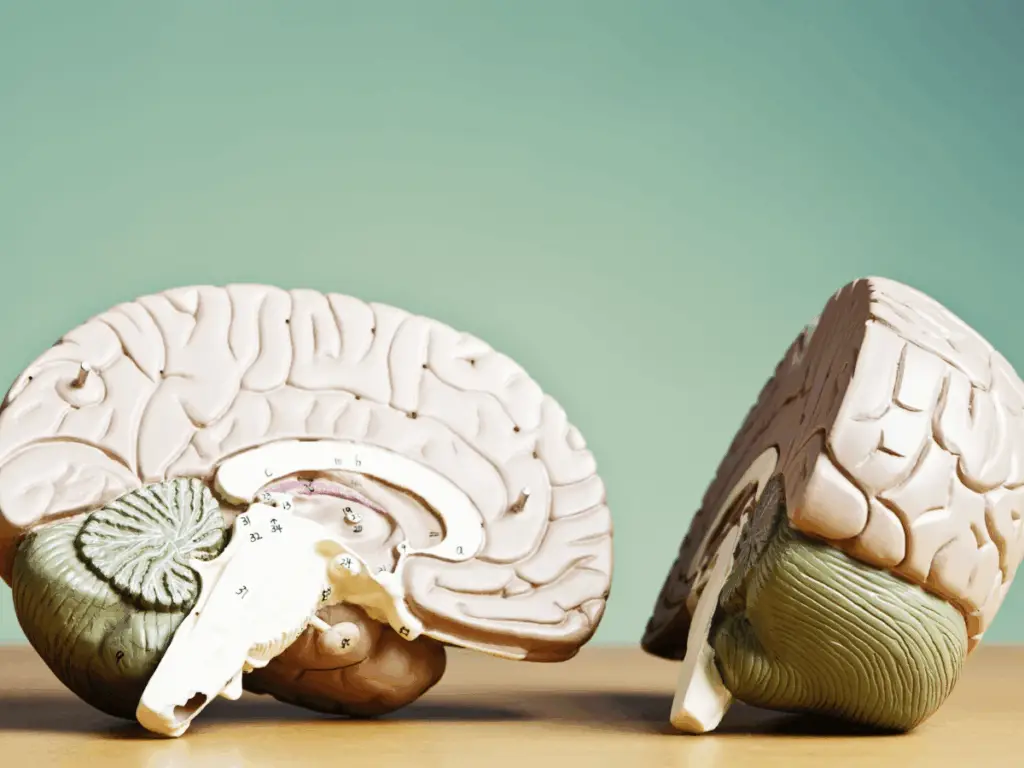
Ketamine is a complex medication with a long-standing role in both human and veterinary medicine.
Originally developed as a fast-acting anesthetic in the 1960s, it has since evolved into a leading focus of interest and research within modern psychiatry.
Clinicians have turned their attention to ketamine’s rapid effects on mood disorders such as depression, anxiety, and PTSD, areas where traditional antidepressants often fall short.
So what does ketamine actually do in the brain that makes it different, and how is it applied in patients today?
Yes.
While ketamine as an anesthetic agent is FDA-approved, off-label uses (e.g., for depression) are legal when prescribed by a licensed provider and compounded for patient-specific needs.
It targets glutamate receptors in the brain, potentially "resetting" neural pathways linked to mood and pain perception. Patients can find relief when other treatments fail. Effects may be felt within hours.
Some patients experience temporary dizziness, dissociation, or nausea. These effects typically subside quickly. We work closely with your care team to tailor doses and delivery methods for optimal tolerability.
At low, controlled doses for medical use, addiction risk is minimal. Ketamine is not neurologically addictive. Psychological addiction is more of a factor when considering the potential for addiction when using compounded ketamine.
Relief varies. Some experience benefits for days or weeks after a dose, while others require maintenance sessions. Consistency and adjunct therapy (e.g., counseling) help improve outcomes.
Ketamine works differently from traditional antidepressants, which typically act on neurotransmitters like serotonin, dopamine, or norepinephrine.
Instead, ketamine primarily targets glutamate, the brain’s most abundant excitatory neurotransmitter.
Specifically, ketamine blocks the N-methyl-D-aspartate (NMDA) receptor, a subtype of glutamate receptor involved in learning, memory, and mood regulation.
By doing so, it increases the availability of brain-derived neurotrophic factor (BDNF), a protein that supports neuron growth and communication.
Synaptic plasticity (the ability of synapses to strengthen or weaken over time) is thought to be a significant factor in the success of depression medications. The interactions ketamine has with NMDA and BDNF may help plasticity in the prefrontal cortex.
This enhanced connectivity is believed to “reset” brain circuits affected by depression and chronic stress, leading to improved depressive symptoms in patients.
The key takeaway:
Ketamine’s mechanism of action helps restore communication between brain cells, improving emotional regulation and cognitive flexibility, two areas often impaired in depression.
Anesthesiologists do not commonly use ketamine as the primary anesthetic in surgical procedures. It has a more niche use case, including for dental procedures or treating burns.
Prescribers use lower doses for patients with chronic pain syndromes, including neuropathic pain, fibromyalgia, and complex regional pain syndrome (CRPS).
The most significant surge in interest has come from ketamine’s use in patients with major depressive disorder (MDD) and treatment-resistant depression (TRD).
Clinical studies have shown that low doses of ketamine, administered intravenously or intranasally, can lead to rapid improvement in mood and reduction of suicidal thoughts.
Researchers are currently studying ketamine for other mental health conditions such as anxiety disorders, PTSD, bipolar depression, and obsessive-compulsive disorder (OCD).
There is also promising research into its role in addiction treatment, where ketamine may help reduce cravings and interrupt negative behavioral cycles.
The effects of ketamine depend largely on dosage and method of administration.
At low doses, patients may experience therapeutic effects such as a sense of relaxation, dissociation (feeling detached from surroundings), or changes in perception. These effects usually last about an hour, but the therapeutic impact on mood and pain can persist for days.
At higher doses, ketamine produces a stronger dissociative state. This trance-like sensation is the reason it’s sometimes referred to as a “dissociative anesthetic.” Because of its potential for misuse and hallucinatory effects, ketamine is classified as a Schedule III controlled substance in the U.S.
Ketamine should always be administered or prescribed under medical supervision. Misuse can lead to memory issues, elevated blood pressure, and dependency with repeated use.
Since it functions differently in the brain from traditionally prescribed SSRIs, these patients can find relief even if they’ve failed with other medications.
Our compounding pharmacy has helped many patients navigate their treatment-resistant depression with ketamine. Our experienced pharmacists guide both patients and prescribers through the process of getting started, including where to begin with dosages, how to select the most suitable dosage form, and how to administer the medication properly.
Please feel free to reach out for more information. If you have a prescription, we can help you get started.





